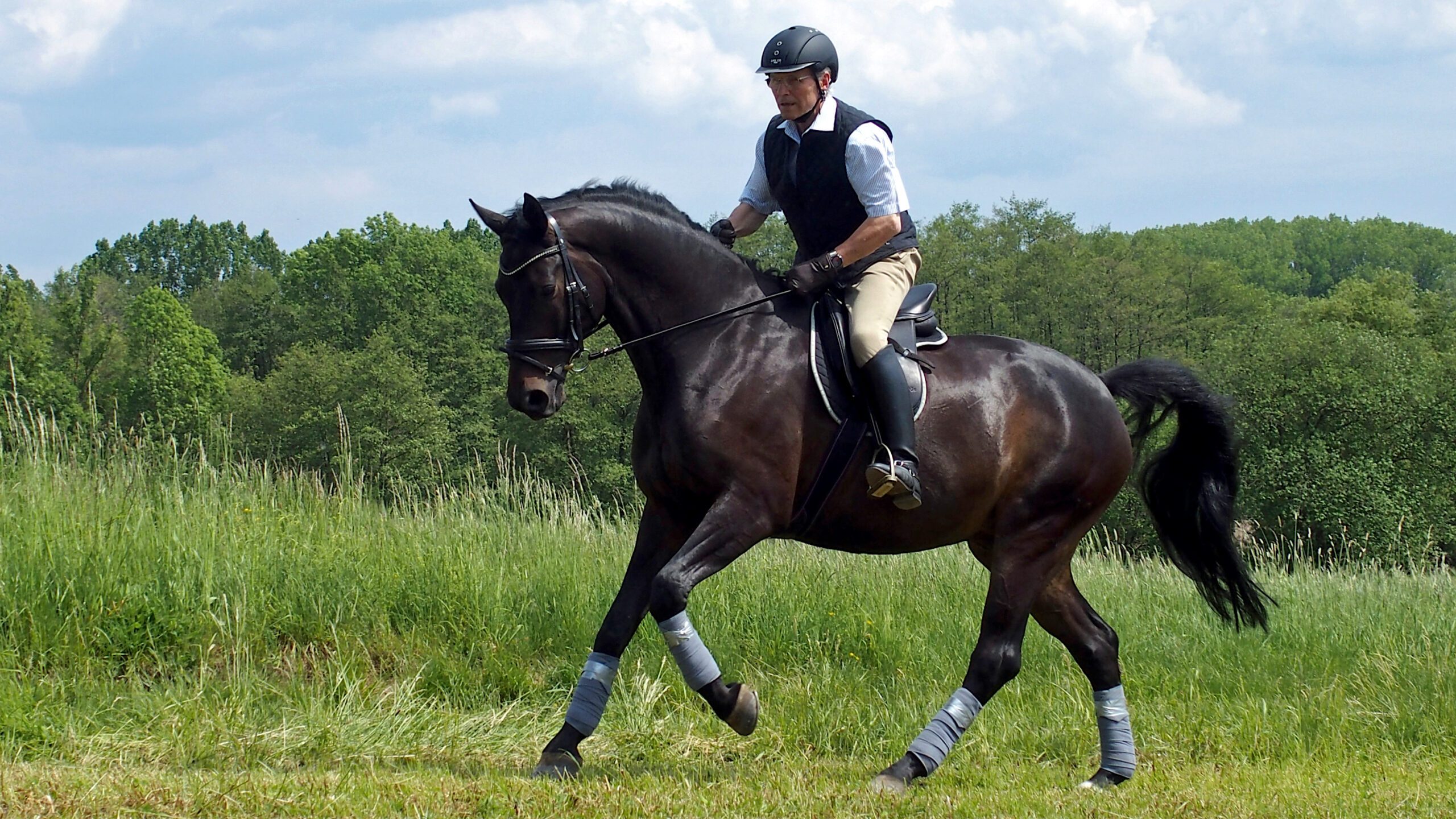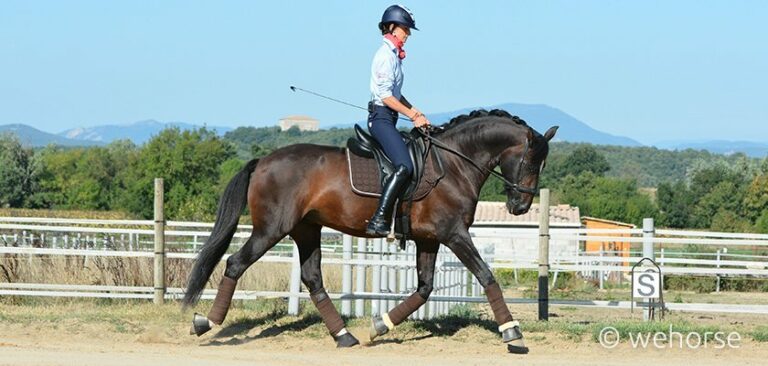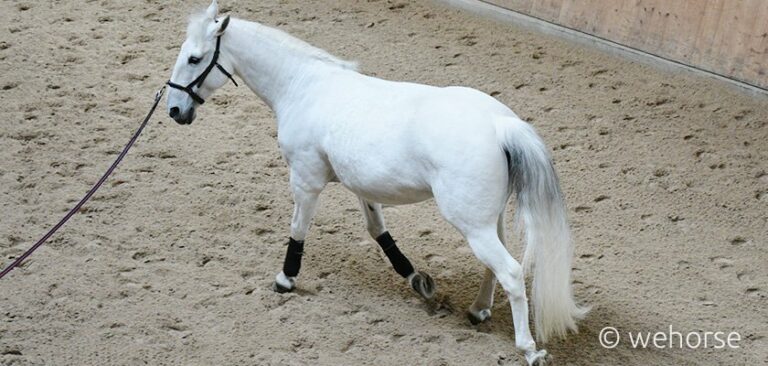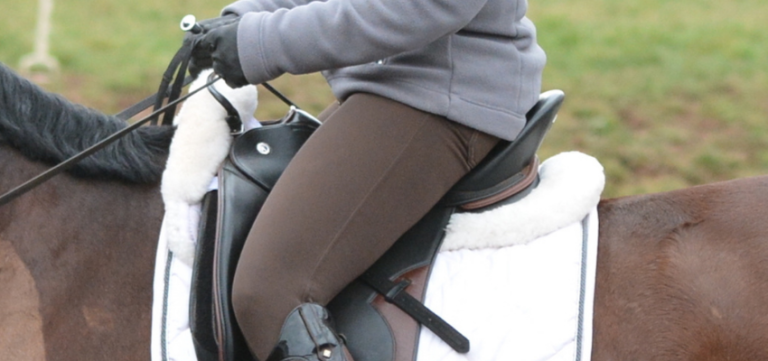Horsemanship 101:The Beginning Adult Rider
Nothing in the world compares to the experience of riding a horse. Yes, there’s drag racing, skateboarding, BMX, even white water rafting, but of all of the various action, or adventure sports in the world to pursue, the harmonious perfection achieved between that of a horse and rider, is truly one-of-a-kind. Even if you’ve never ridden a day in your life, you can still develop the horsemanship skills necessary to become an excellent rider. It’s never too late to learn.

Learning the Basics
Before ever putting foot in stirrup, you’ll need to gain at least a basic understanding of animal science; not only for your own safety, but to ensure the safety and well-being of your horse. Many local stables offer introductory lessons in basic horsemanship, and instructors are more than happy to help familiarize you with how to handle these incredible animals. Although you need not know everything, there are some basic concepts you will need to understand before beginning to learn how to ride.
Fundamental Skills:
Those of us that were born and raised around horses may take a great deal of this information for granted. Things like grooming, leading, tacking up, even mounting and lunging come second nature to many of us, which is why you will want to find an experienced, qualified professional to guide your learning. The following list details five of the first initial concepts you will need to understand prior to beginning to learn how to ride:
- Body Language (Approaching a Horse)
- Attire for the Rider
- Equipment for your Horse
- Riding Position
- The 3 Crucial Aids
This is by no means an exhaustive list of all things horse-related; however, it is imperative that new adult riders possess a general understanding of these concepts and the relationship that they share to one another to ensure the safety and well-being of the horse that you will be working with.
Body Talk: The Importance of Body Language
Did you know that almost 90% of our communication is body language, or nonverbal? So very much of what we do is expressed using our bodies and our voice tone. When working with animals, in this case, horses, that number leans closer to 100%. Every movement you make is communicating something to your horse. It could be excitement, anger, frustration, but your horse will pick up on your emotions, and will react accordingly. That is why it is so important to learn how to approach a horse.
Mounting
Most trainers will argue that a horse should be comfortable with you mounting from either side, though an instructor will likely teach you to always mount from the left. This is actually just tradition stemming from war. Most soldiers were right-handed, so they carried their weapons on the left side as it was easier to pull their swords from their scabbard this way. Mounting from the right would result in the weapon interfering with their mount, or potentially even hurting their horses, so they would always mount from the left. Again, mounting from both sides equally allows horses to use the muscles on both sides of their spine in a more uniform fashion, simply being better for their backs. Always hold your reins in your left hand, on contact, as you mount, so that you have control of your horse, and place your left foot into the stirrup. Push your weight up and over your horse, carefully swinging your right leg over his back without brushing or kicking him. Ease down into the saddle gently so you don’t hurt your horse’s back, sit tall, and push your heels down as far as you can towards the ground, while keeping the pressure of the ball of your foot pressed down into the stirrup.
Riding with Style & Safety in Mind
The single most important piece of attire you wear when riding is your boots. Boots must always have a heel, so that your foot does not accidentally pass through the stirrup. There is nothing scarier than being drug by a horse, and it can be deadly; however, this one safeguard ensures that the likelihood of this happening is nearly non-existent.
Use your Head
To complement this idea, you should always choose to wear a riding helmet. These can be purchased online, or at many different feed and tack stores in your locale, and if taken care of, they can last for many, many years. These suggestions may seem like a no-brainer, but as preventative measures that take mere seconds to observe, they could literally save your life.
Rider Position
When ready, the rider should find themselves centered over the middle of their horse’s back and sitting tall in the saddle. The angle behind the knee should be approximately 90º, allowing you to communicate most effectively with your horse. The rider’s arms should not be pulled in and held stiffly, but should remain at the rider’s side. He or she should not tense his or her body, but should maintain a relaxed but alert position with eyes facing forward. All of these positions and angles allow for maximum communication and efficiency while riding and work hand-in-hand with the rider’s 3 crucial aids.
The 3 Crucial Aids:
The 3 crucial aids refer to the three primary ways a rider can communicate with his horse while mounted. There are additional aids that can be utilized, such as the voice, or artificial aids or equipment, like a crop or spurs, but the crucial aids are the natural aids that a rider possesses to communicate from the saddle. It will take time to develop your ability to use these aids with fidelity, however, the greater your proficiency, the better your skills not only as a rider, but in the area of training and horsemanship.
1. The Legs
Once you have mounted your horse, make sure your stirrups, or irons, are the proper length. If you are using your own saddle, you won’t have to worry about making this adjustment, but many new riders taking lessons will be sharing saddles, so you will want to check to ensure that your stirrups are an appropriate length. One simple way to check is by taking your feet out of the stirrups and letting your legs dangle freely next to your horse. At the correct length, the bottom of your stirrups should hit the inside of your ankle bone. Many new riders will prefer to have their stirrups a bit shorter than necessary, which is acceptable, as long as you are still able to maintain a balanced, upright position.
2. The Seat
Again, you should maintain good posture while in the saddle, neither sitting slumped over nor leaning to either side lackadaisically. Your rear should be centralized in the saddle, as you will be using your seat to communicate to your horse as you are riding. Further, bear in mind that when you fail to be balanced in the saddle, your horse has to accommodate, or adjust for that, to keep you both balanced, and allowing your horse this extra work is not only incredibly unfair, but could seriously damage his back and mobility, if it becomes a chronic, ongoing issue.
3. The Hands
Many new riders will want to try to communicate everything with their hands; however, hands should really be used quite sparingly. Further, it is essential that you be gentle with your hands, as they have direct contact with your horse’s mouth, which is actually quite sensitive, and can be damaged far easier than you may think. Depending on the discipline you choose to follow, at least at the start, you will need to place your hands in different positions, and essentially, use them in different ways. Bear in mind that people train their horses differently, so pay close attention to the instructions your riding instructor provides you with.
Regardless of discipline, hands should typically be kept relatively stationary and at, or close to, the wither. Additionally, most instructors will have beginning riders riding on-contact. With that said, do not pull on the reins, as horses’ mouths are sensitive and even the slightest adjustment is one that they are able to feel in their mouths. The reins should be taut, but not excessively tight, and adjustments, or cues, should be subtle. Riders who decide to pursue English as their introductory discipline should hold the reins in both hands, thumbs up, with the hands parallel to one another over the wither. The reins themselves should pass over the pinky finger, under the three remaining fingers, and then over the thumb, with thumbs pointing forward.
Your instructor will aid you in rein placement, and you can certainly practice at home, if you’d like. Western practitioners will typically ride single-handed, with the right arms relaxed down and to the side and the left hand holding both reins together; passing up over the pinky finger, under the three middle fingers, and then over the index finger with the thumb gripping them to hold them together. In show, Western horses are generally ridden with a slight drape in the rein, but again, as a beginner, your instructor may ask you to ride two-handed and on-contact. That will be completely up to them and their instructional methodology, so be sure to follow the instructions that you are given.
Riding as a Process, not a Product
No feeling in the world compares to that of opening your horse up and galloping on him at full-speed. The amount of trust, communication, training, reflection, and focus required to be capable of actually having control while galloping is immense and is almost overwhelming when experienced for the first time, but there is so much more to riding than moving at full-speed. The relationships that we build with our horses are some of the most powerful we’ll ever encounter, and those who don’t ride simply don’t understand. If you’ve never ridden before, but your interest is piqued, perhaps today is the day to make that phone call and take that first step towards getting up into the saddle.
Other Articles

Bitless bridle – Hackamore, Side pull, Bosal, and more
More and more riders have been switching to a bitless bridle. When used correctly, precise aids can be given without a bit, allowing difficult exercises

Lacking straightness? These exercises will help any crooked horse!
Every horse is born unbalanced. If things go wrong on their own in the pasture, the horse can usually figure it out. However, when the

The Ultimate Guide to a Better Riding Seat!
The seat is important, versatile, changeable, and crucial in riding. It can be stable or flexible, secure or shaky, stiff or springy, harmonious or counterproductive.
